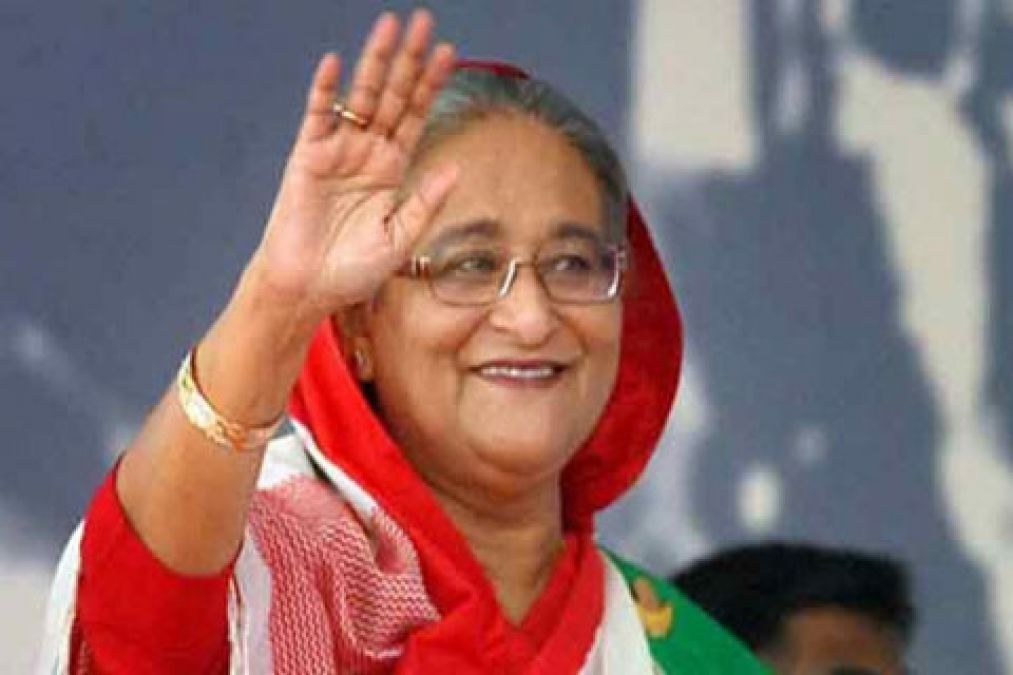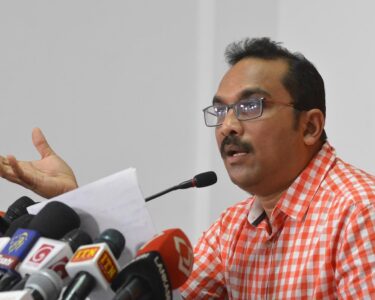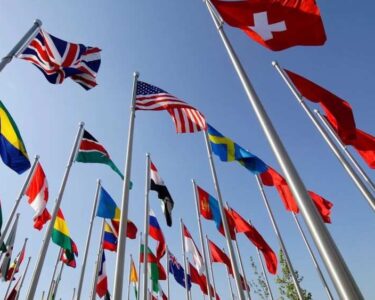Comparing the Protests in Bangladesh and Sri Lanka: Sheikh Hasina vs. Gotabaya Rajapaksa
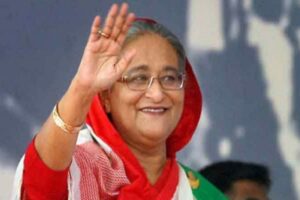
The recent political turmoil in Bangladesh, marked by violent protests and calls for Prime Minister Sheikh Hasina’s resignation, bears similarities and differences to the unrest that led to the resignation of Sri Lanka’s President Gotabaya Rajapaksa in 2022. Both situations involve widespread public dissatisfaction with political leadership, but they unfold within distinct contexts and have different immediate triggers and consequences.
Context and Causes
Bangladesh:
The protests in Bangladesh erupted from a civil disobedience campaign led by student groups demanding Prime Minister Sheikh Hasina’s resignation. The initial trigger was a controversial quota system in civil service jobs, which students perceived as unfair. Despite the government scaling back the quotas, the protests have broadened into a larger anti-government movement accusing Hasina’s administration of corruption, mismanagement, and violence. The unrest has been characterized by clashes between protesters and security forces, with reports of police brutality and fatalities.
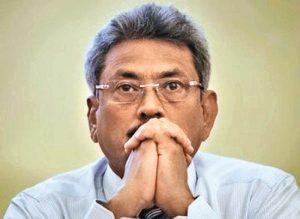
Sri Lanka:
In contrast, the protests in Sri Lanka that led to Gotabaya Rajapaksa’s resignation were largely driven by severe economic crisis. Rising inflation, fuel shortages, and an unprecedented debt crisis fueled public outrage. The crisis was compounded by perceived governmental mismanagement and corruption. Massive public demonstrations demanded Rajapaksa’s resignation, leading to the storming of government buildings and a serious escalation in violence. The economic collapse was the primary catalyst, rather than specific political decisions or policies.
Government Response
Bangladesh:
In Bangladesh, the government’s response has been heavy-handed. Authorities have used tear gas, rubber bullets, and have imposed curfews to control the protests. Internet services, including 4G in Dhaka, have been suspended to stifle communication among protesters. The government has also called in the military to restore order, which reflects a robust approach to managing dissent. Despite Prime Minister Hasina’s offer for dialogue, the protesters have rejected it, further escalating tensions.
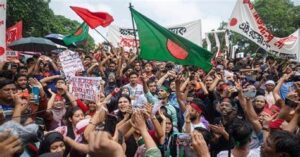
Sri Lanka:
Sri Lanka’s government response was similarly forceful but stemmed from a different set of pressures. Rajapaksa’s administration faced enormous pressure due to economic instability. The government’s attempts to quell protests included deploying security forces and imposing curfews. The severity of the crisis and the visible failures in managing the economy led to widespread public outrage. The protests ultimately resulted in Rajapaksa fleeing the country and resigning, marking a significant political shift.
Public Reaction and Impact
Bangladesh:
The protests in Bangladesh have led to significant violence, with over 200 people killed in previous clashes and around 23 reported dead in the latest surge. The unrest has paralyzed major cities like Dhaka, with a curfew and severe disruptions to daily life. The situation remains tense, with ongoing clashes and a divided public opinion on Hasina’s administration. The government’s crackdown and suspension of internet services have amplified public anger and resistance.
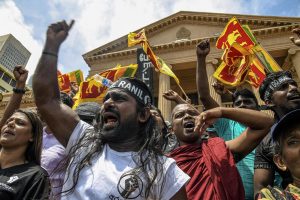
Sri Lanka:
In Sri Lanka, the protests not only led to Rajapaksa’s resignation but also triggered a broader political upheaval. The economic crisis deeply impacted daily life, with shortages and skyrocketing prices affecting millions. The protests forced the government to reevaluate its policies and led to a change in leadership, paving the way for new political dynamics. The transition was marked by a period of heightened uncertainty and effort to stabilize the economy.
Public Dissatisfaction:
Both Bangladesh and Sri Lanka have experienced significant political upheaval driven by widespread public dissatisfaction with their leaders. In Bangladesh, the focus is on political corruption and management failures exacerbated by violent protests and government suppression. In Sri Lanka, the economic crisis and mismanagement triggered a political revolution that led to a change in leadership.
While the triggers and responses differ—economic collapse in Sri Lanka versus political and policy dissatisfaction in Bangladesh—the underlying theme in both situations is a profound crisis of confidence in leadership and governance. The outcomes, whether it is a resignation or ongoing conflict, reflect the deep-seated issues within each nation’s political and economic systems



